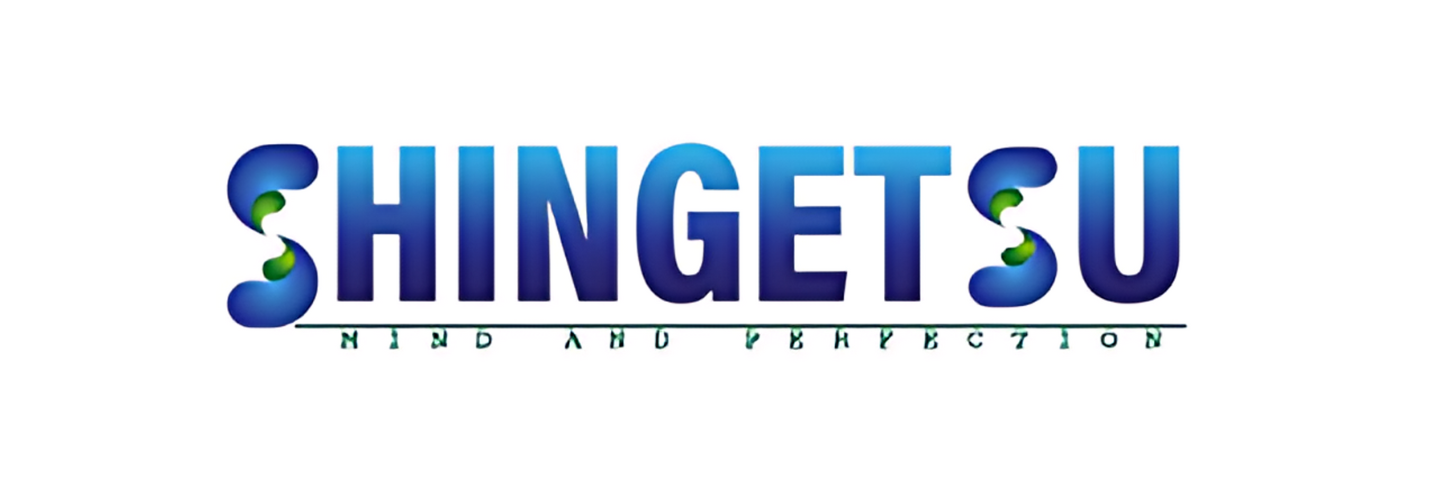The global Fumaric Acid Market is on a trajectory of significant growth, with projections indicating it could reach USD 1,034.7 million by 2030. This represents a robust compound annual growth rate (CAGR) of 5.3% from 2022 to 2030, up from a valuation of USD 671.2 million in 2022. The primary driver of this expansion is the increasing demand across various industries, including food processing, pharmaceuticals, and personal care.
What Is Fumaric Acid?
Fumaric acid, a colorless or white crystalline compound, is naturally occurring in certain fungi and plants like bolete mushrooms and Iceland moss. It plays a critical role in energy production within the body by helping to create adenosine triphosphate (ATP), which is essential for cellular energy. Commercially, fumaric acid is used in a wide range of applications including food additives, unsaturated polyester resins, and pharmaceuticals. Its distinct sour flavor makes it a popular choice for maintaining tartness in food products.
Key Drivers of Market Growth
One of the main growth drivers for the Fumaric Acid Market is its diverse application range. Fumaric acid is widely used as a food additive due to its ability to enhance flavor and extend shelf life. Its importance in the food processing industry is particularly notable in the developing world, where the rise of packaged and processed foods is driving up demand.
In addition to its role in food products, fumaric acid is finding increased use in the pharmaceutical and personal care sectors. It is utilized as an acidity regulator and flavor enhancer in a variety of consumer goods. Moreover, it serves as an alternative to traditional antibiotics in animal feed, improving animal health by controlling microbial growth in the digestive tract.
Emerging Opportunities
The Fumaric Acid Market is ripe with opportunities, especially in the pharmaceutical and food industries. The development of bio-based fumaric acid is expected to be a game-changer, offering a more sustainable alternative to synthetic organic acids. Additionally, the growing popularity of nutritional bars and cereals presents new avenues for market expansion.
In the pharmaceutical sector, fumaric acid is emerging as a potential replacement for other acids like citric acid and tartaric acid in fruit syrups and snacks. This shift is likely to further drive market growth as manufacturers explore more cost-effective and health-friendly alternatives.
Market Restraints
Despite its growth prospects, the Fumaric Acid Market faces several challenges. Medical and government restrictions due to health concerns pose significant hurdles. While fumaric acid is generally safe, it can cause side effects such as itching, muscle aches, and, in rare cases, severe symptoms like chest pain or shortness of breath. Stringent regulations and increased health awareness regarding these potential side effects could impede market growth.
Impact of COVID-19
The COVID-19 pandemic had a notable impact on the global fumaric acid market. The chemical industry faced considerable disruptions due to lockdowns and social distancing measures, which led to a decrease in production capacity and supply chain interruptions. According to data from the National Bureau of Statistics (China), chemical manufacturing dropped by approximately 20% during early 2020.
However, as the world recovers from the pandemic, the demand for packaged and processed foods, which often contain fumaric acid, is rebounding. Consumers’ increased focus on food safety and longevity, coupled with a shift toward more canned and frozen foods, is positively impacting the market.
Segmental Analysis
By Application:
The market is segmented into various applications, with food additives currently leading the segment. Fumaric acid’s role as an acidity regulator in beverages and baked goods highlights its importance in the food industry. It is also used in the production of rosin-sized sheathing paper, unsaturated polyester resins, and alkyd resins.
By End-User:
In terms of end-users, the food and beverage industry holds the largest share due to the widespread use of fumaric acid as a flavor enhancer and stabilizer. The cosmetic and pharmaceutical industries also contribute significantly to the market, with fumaric acid being used in various formulations.
By Region:
Regionally, Asia-Pacific is expected to exhibit the highest growth rate. The demand for fumaric acid in countries like China and India is driven by the growing awareness of its health benefits and the relatively lower operational costs in these regions. This makes Asia-Pacific a competitive player in the global market.
Competitor Landscape
Key players in the Fumaric Acid Market include Anmol Chemicals, Bartek Ingredients Inc., ESIM Chemicals, FUSO Chemical Co. Ltd., and Merck KGaA, among others. These companies are actively expanding their production capabilities to meet the growing global demand. For instance, Thirumalai Chemicals has recently set up a subsidiary in the United States to enhance its production capacity.
Conclusion
The Fumaric Acid Market is set for considerable growth driven by increasing applications in food processing, pharmaceuticals, and personal care products. While challenges such as regulatory restrictions and the impact of COVID-19 have affected the market, the recovery and growing consumer preference for packaged foods present significant opportunities. For more detailed insights into the market dynamics, visit the Fumaric Acid Market report.
